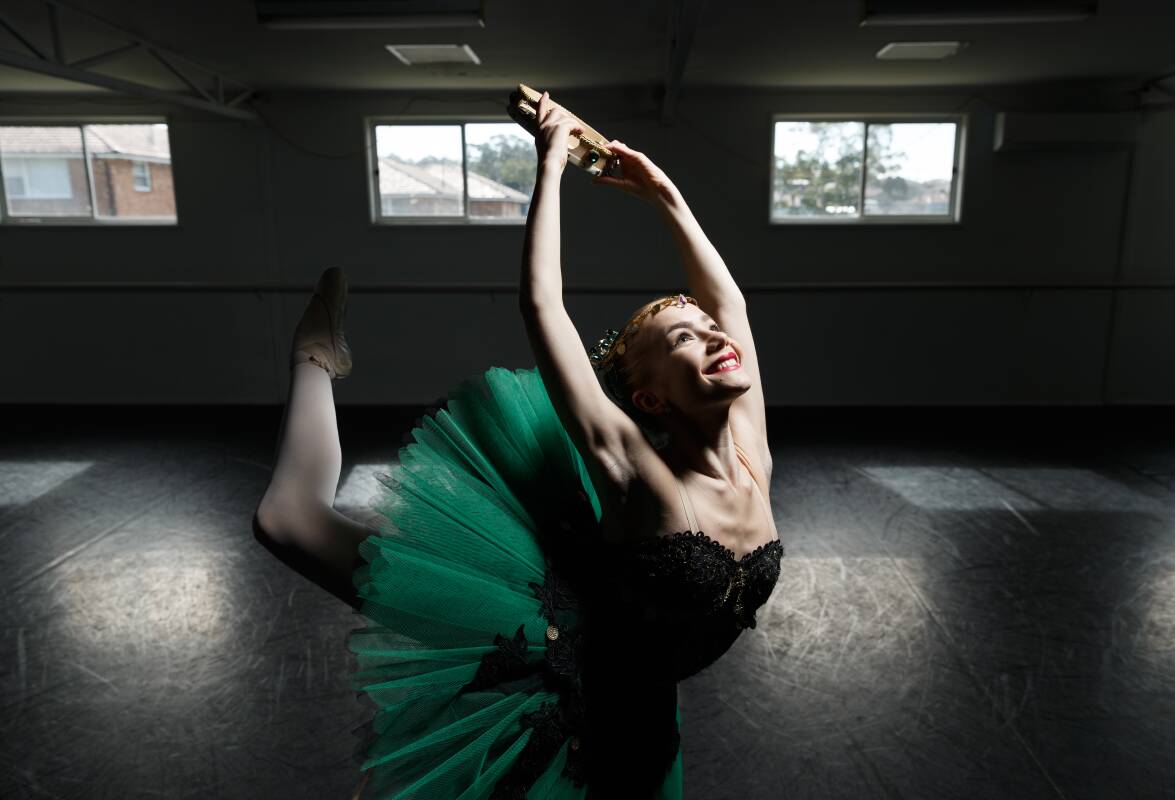
TIME is running out for Hunter-based families to use Active Kids vouchers as the region lags behind the rest of NSW.
Just 65 per cent of eligible families living in the Hunter applied for the vouchers in 2023, compared to 70 per cent statewide.
The program, proven to increase levels of activity undertaken by children, is arguably more sorely needed in the Hunter where 28.8 per cent of kids were overweight in 2022, compared to the state average of 22.1 per cent, according to NSW Health.
The region was just ahead of the curve when the Active Kids program was first rolled out in 2018, with 56 per cent of families taking it up, compared to 53 per cent in NSW overall.
More than 623,000 vouchers have gone out to Hunter families in the past five years, injecting more than $38 million into the region.
A percentage of those are still to be put to use. Statewide figures show that since the scheme's inception, 7.3 million vouchers have been issued but only 5.8 million used.
At that rate, Hunter families could be holding onto as much as $2,378,540 in vouchers which expire on January 31.
To date, the most popular sports for boys using the vouchers were soccer, rugby league, swimming, basketball and rugby union, in that order, followed by athletics, martial arts and active recreation equal next on the list.
For girls living in the region the most popular activities were dance, netball, and swimming, with gymnastics and rugby league equal fourth place, followed by soccer.
Australian physical activity guidelines recommend that children aged 5 - 17 years need at least 60 minutes of physical activity per day.
Changes to the scheme have led to a 50 per cent reduction in the value of vouchers, now worth $50 instead of $100, since July last year.
As of Term 1 this year, the vouchers will be means tested, available only to families who qualify for Family Tax Benefit Part A, about 600,000 of the 1.35 million school-aged children in NSW.
Two thirds of the Australian population are considered overweight or obese, according to the CSIRO.
Professor Brett Sutton, Director of Health and Biosecurity at CSIRO says the impact of the current high rates of obesity include more weight-related chronic diseases, greater vulnerability to infection diseases, and significant costs to health, care, economic development, and community wellbeing.







